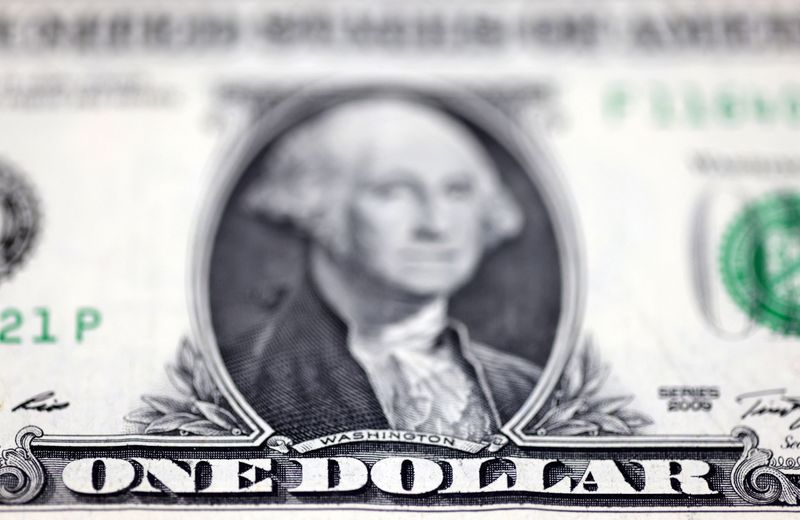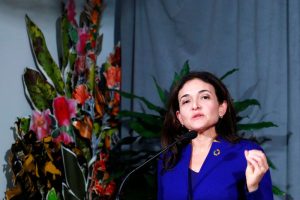
By Chuck Mikolajczak
NEW YORK (Reuters) -The dollar advanced after a drop in the prior session while the euro edged lower on Monday, as market moves were being dictated by recent global central bank meetings that set expectations for diverging rate cut paths next year.
The dollar index, which measures the U.S. currency against six of its largest peers, resumed its upward trajectory, after suffering its biggest one-day drop in nearly a month on Friday following a softer than expected reading on inflation, but still above the Federal Reserve’s 2% target rate. The greenback is now on track for its fourth gain in five sessions.
The Fed last week projected a more measured pace of rate cuts than markets had been anticipating, pushing both the dollar and U.S. Treasury sharply higher.
“The key for the dollar right now is the policy divergence, and Powell going from more worried about unemployment than inflation and then the flip-flop back to the jobs market is okay, but we are more worried about inflation kind of attitude confuses the market,” said Marc Chandler, chief market strategist at Bannockburn Global Forex in New York.
“In order to turn the dollar what I’m going to look for is for the market to get ahead of the Fed again on the dovish side and we need some weak economic data and the jobs data would be a step in that direction.”
The dollar index, rose 0.37% to 108.19, holding near two-year highs, with the euro down 0.34% at $1.0394.
Also supporting investor sentiment was the passage of spending legislation by the U.S. Congress on Saturday, which sidestepped a government shutdown.
Economic data from the Commerce Department showed new orders for key U.S.-manufactured capital goods surged in November due in part to strong demand for machinery in another sign the economy remains on firm ground heading into the new year.
However, the Conference Board said its consumer confidence index dropped to 104.7 this month from an upwardly revised 112.8 in November, as enthusiasm over the U.S. election faded and concerns about future business conditions emerged.
Traders are pricing in 33 basis points of rate cuts next year, shy of the two 25-bp rate cuts the Fed projected last week. The market is not pricing in more than a 50% chance of a rate cut from the Fed until its May meeting, according to CME’s FedWatch Tool.
European Central Bank President Christine Lagarde said the euro zone was getting very close to reaching the ECB’s medium-term inflation goal, according to an interview published in the Financial Times on Monday.



